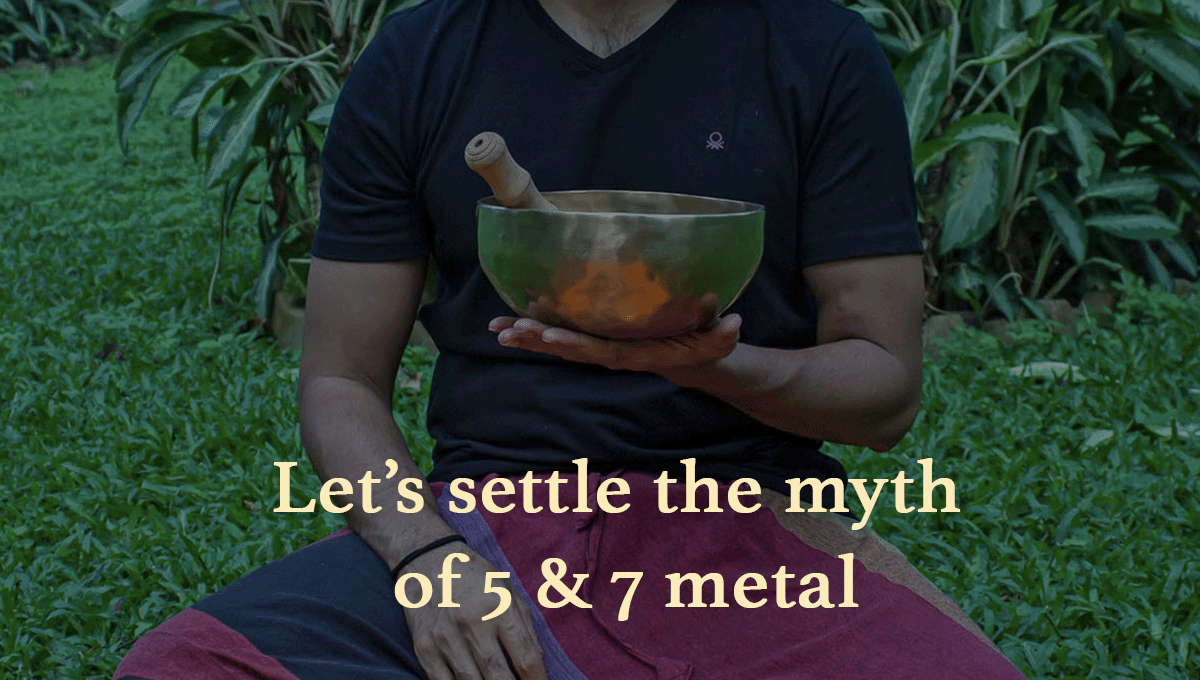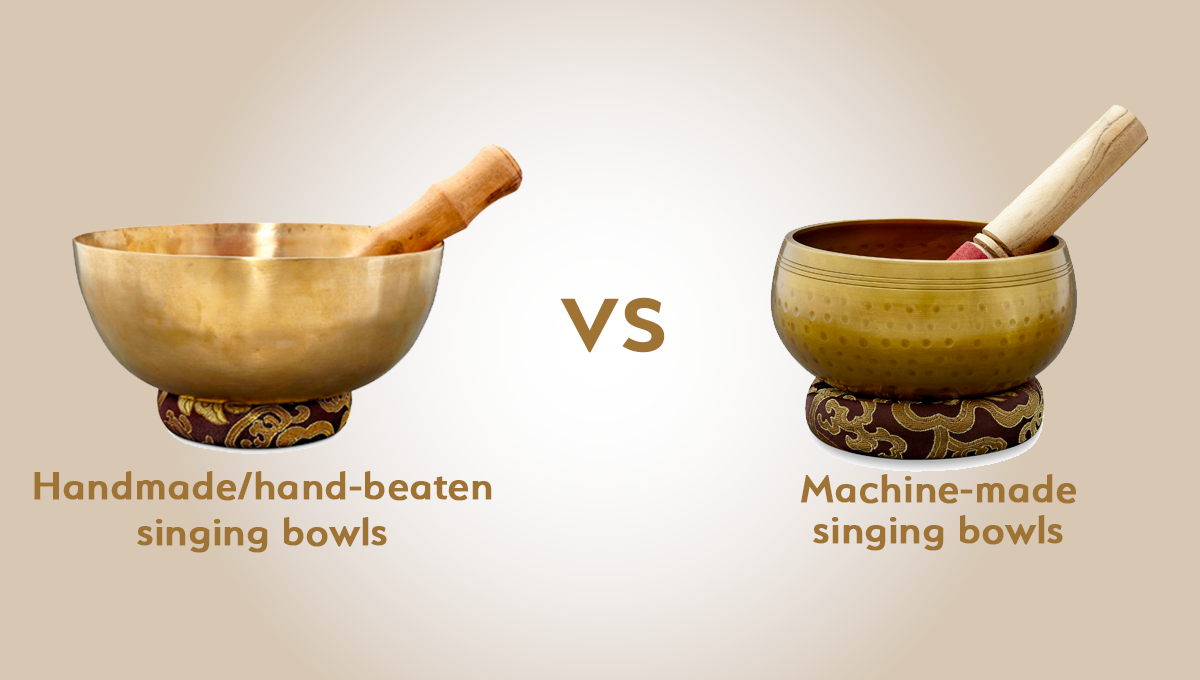Meditation has been defined in many ways, traditionally and even today. A simple way of defining Meditation is that it’s a sacred practice to deepen one’s understanding of the self and bring stability & a sense of calm to the mind. It brings us closer to ourselves, helps us identify our own thought patterns and the nature of the world around us. Meditation has been an integral part of almost all religions in some form or the other especially Hinduism and Buddhism as a practice of transcendence. The earliest records of Meditation can be found in the Vedas, the ancient Hindu texts as well as Patanjali’s Yoga Sutras
. The practice of Meditation now synonymous with Mindfulness, has now gained immense popularity globally after numerous research have shown its benefits in reducing anxiety and stress levels.
A few well-known types of meditation practiced across the world include Mindfulness Meditation, Guided Meditation, Mantra Meditation, Transcendental Meditation, Qi Gong, Sound healing, Japa(using beads), and many more. As the old adage goes, the paths are many but the truth is one!

The Fundamentals
Mediation involves focussing the mind on a particular sensation, thought, or activity for a certain period of time. This may be carried out in a number of different ways and each of the methods has the same underlying essence: Observation without judgment.
Sounds simple? Try sitting silently and closing your eyes for a few minutes.
Did you notice how your mind wanders from one through to the next? In the course of a day, we have roughly 6000 to 7000 thoughts running through our mind and most of this mental activity happens unconsciously without us even being aware of it.
If this mental activity happens unconsciously over a period of time, it can emotionally and physically drain us out.
Meditation gives us a way of understanding our own thought patterns and provides insights into why we think the way we do.
The practice of meditation enables us to immerse ourselves in the present moment.
How To Meditate
Meditation can be performed in various ways, but a beginner must be consistent as it takes time to become meditative. A beginner must start with a practice that is easy to carry out on a daily basis. An example of such a practice can be done by doing the following every day:
- Find a comfortable seating position in a quiet, peaceful room. A peaceful & tranquil surrounding helps us not get distracted by the external environment.
- Close your eyes and sit silently at least for 15 to 20 minutes. If you are someone who likes to set targets, you can set a timer as well. Dedicating some time solely to meditation will help you remember its importance. We suggest an apt time to meditate is early in the morning or before going to bed.
- Close your eyes and gently focus on one rhythmic tendency of your own body. This can be anything from your breath to the expansion and contraction of your belly as you breathe or simply observing the space between your eyes.
- The keyword here is “gentle”. Gentle means not forcing your mind to focus on that one thing. It means understanding that thoughts and distractions are bound to pop up. Your task is to observe these thoughts, as they are fleeting, and then gently bring your focus back to the breath or the object of your focus.
- Once you have finished meditating, take some time to feel gratitude for all that you have and for the people who’ve made your life special. You can write down your experiences in a journal if you’d like to. This helps you understand your progress and gives you insights into yourself.

Benefits of meditation:
Practicing meditation has been used as a way of transcendence for thousands of years across geographies and religions.
Patanjali, In the Yoga Sutras, mentions the stages of Dharana and Dhyana, which are commonly practiced as meditation today. These stages involve intense concentration & silencing the mind. It’s Dharana & Dhayana that lead one to the state of Samadhi or the ultimate state of realisation.
Nowadays multinational companies have started incorporating Mindfulness into their workplaces to improve employee performance and reduce stress levels.
Here are a few things that you will start to notice as you begin your own journey with Meditation.
-
Increased focus:
By far the most touted benefit of meditation is increased focus and levels of concentration experienced by practitioners. It will help you focus on a task till you see its completion.
-
Tranquility:
The inner peace of mind no matter what the external world throws at you. That’s what a regular practice of meditation can do for you. The world could be chaotic around you, but you will know that the real journey is the one within.
-
Overcoming illnesses
Meditation can actively help manage symptoms of Anxiety, Insomnia, Depression, Chronic Pain as well as various heart conditions including high blood pressure. Meditation may have several benefits for people living with cancer, and many cancer centers now offer this as an alternative treatment. It is important to note that Meditation isn’t a treatment or a cure, It just assists you for a speedy recovery.
-
Better health:
A positive side-effect of observing yourself so much is a better understanding of your own body and health. This means that your relationship with your body improves & you begin to notice and sense things better than before.
-
More Energy, Better Stamina
Meditation helps us overcome mental blockages. It sets our minds free in the right direction. And with that freedom comes better energy. It is a simple observation that consistent meditators have better stamina and productivity than others.
Be patient with yourself as your mind will wander but remember to gently allow it to come back to attention. And always know that with any form of practice, consistency is the key.
Join us to read more of such articles and support our mission of mindful living for the modern world by subscribing to our blog and hitting us a follow on Instagram and Facebook @sarvedalife.



